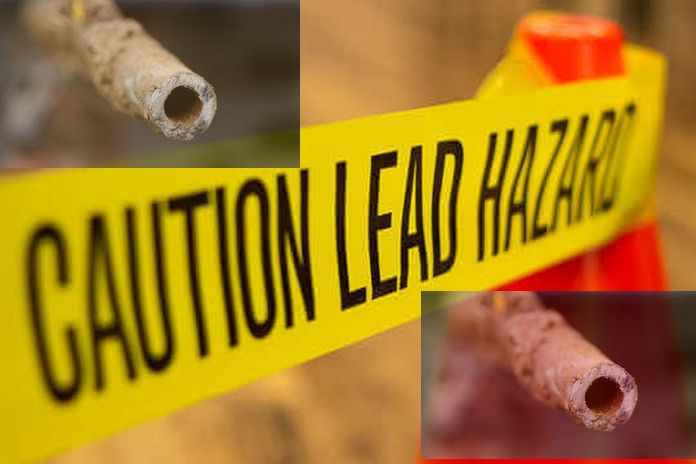- Annually 5.5 million deaths from cardiovascular disease attributed to low-level lead poisoning; accounts for a loss of 765 million IQ points in children
Columbia University’s Mailman School of Public Health
Chronic, low-level lead poisoning is a major risk factor for cardiovascular disease in adults and cognitive deficits in children, even at levels previously thought to be safe, according to a new paper by Columbia University Mailman School of Public Health, Simon Fraser University in Canada, and Harvard Medical School, and Boston Children’s Hospital. Low-level lead poisoning is a risk factor for preterm Birth, cognitive deficits and attention deficit–hyperactivity disorder, (ADHD), as well as increased blood pressure and reduced heart rate variability. The findings are published in New England Journal of Medicine.
In children exposure is responsible for an annual loss of some 765 million IQ points in children globally. Low-level lead poisoning is a risk factor for adults, which can result in chronic kidney failure, hypertension, and cardiovascular disease. Lead accounted for 5.5 million deaths annually from cardiovascular disease.
“The global burden of disease from lead exposure is staggering,” said Ana Navas-Acien, MD, PhD, Leon Hess Professor and chair of Environmental Health Sciences at Columbia Mailman School. “In contrast to the decline in the rate of coronary heart disease in industrialized countries, the rate has increased over the past 30 years in industrializing countries. One in three children worldwide – more than 600 million children – have lead poisoning.”
Lead is readily absorbed by rapidly growing infants. In adults, 95 percent of retained lead in adults is stored in the skeleton. Factors such as menopause and hyperthyroidism release lead sequestered in the skeleton, which causes a spike in blood lead concentrations.
“The steep decrease in IQ and the sharp increase in the risk of death from cardiovascular disease, even at the lowest measurable blood lead concentrations, coupled with pervasive exposure, indicate that population strategies are critical for eliminating lead poisoning,” said Bruce Lanphear of Simon Fraser University and corresponding author. “While lead exposure has declined by nearly 100 percent since 1970 and is no longer used in the US and Europe, physicians assume that lead poisoning is a problem of the past. Yet exposures linger from lead paint in older houses, leaded gasoline in soil, seeping lead from water lines, and emissions from industrial plants and incinerators.”
Some persons are at increased risk for lead poisoning as compared with the general population. The mouthing behaviors of toddlers put them at greater risk for lead ingestion, and toddlers who live in poorly maintained housing built before 1960 are at risk for lead poisoning from ingestion of paint chips. Also endangered are persons who drink tap water from lead service lines or live near airports or other sites that emit lead pollution. In the United States, airborne lead concentrations are markedly higher in racially segregated communities than in integrated communities.
The amount of lead in blood considered to signify potential harm has been revised downward several times. In children it went from 100 μg per liter to 50 μg per liter in 2012 and to 35 μg per liter in 2021. “Yet no safe level of lead in children’s blood has been identified,” noted David Bellinger of Harvard Medical School and Boston Children’s Hospital.
Navas-Acien and her co-authors further acknowledge that many questions about the contribution of lead exposure to cardiovascular disease remain unanswered but long term, cumulative lead exposure measured in bone appears to be a stronger predictor than short-term exposure measured in blood.
“Surveillance and targeted screening are important, but the solution to protecting people from lead poisoning is to identify and eliminate environmental sources of lead, wherever they are found.” This means eliminating lead acid batteries, replacing lead service lines, banning leaded aviation fuel, reducing lead in foods, abating lead paint in older housing, and further reducing lead-contaminated soil and other legacy sources, proposes Navas-Acien
- Co-author is David C. Bellinger, Harvard Medical School and Boston Children’s Hospital. Data was compiled from NHANES surveys (1976 to 2020).





